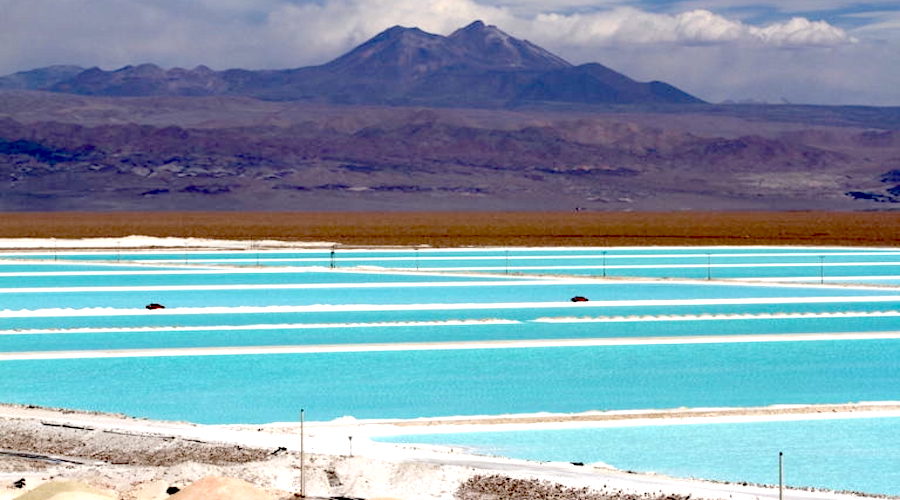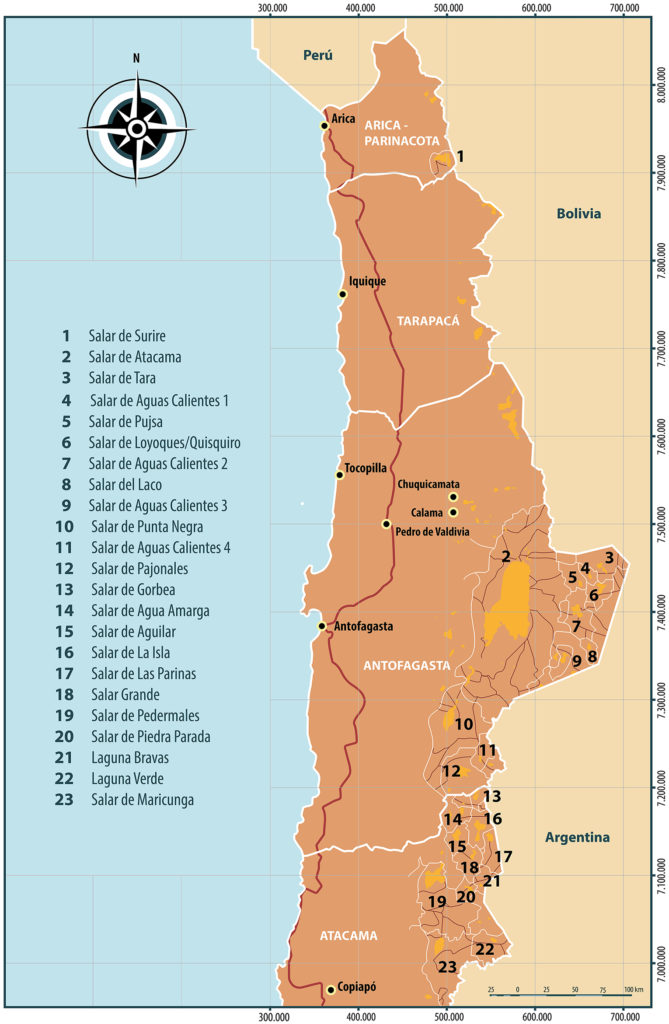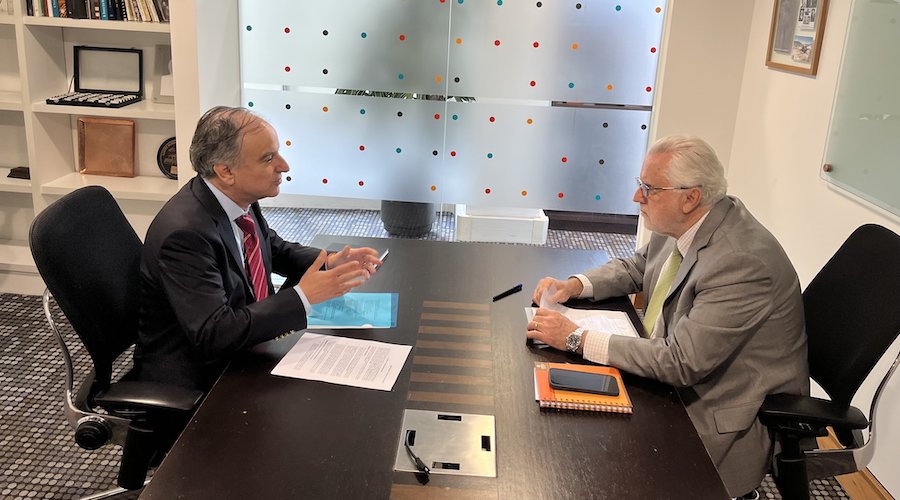SQM and Codelco kick off talks over lithium partnership


SQM (NYSE: SQM), the world’s second largest lithium miner, and Chile’s state-owned copper miner Codelco have formally begun talks aimed at setting up a public-private partnership to extract the battery metal in the Atacama salt flat.
The negotiations between the firms are part of the new national lithium strategy President Gabriel Boric announced in April, which identifies the Salar de Atacama as a strategic asset as it contains the country’s largest known lithium resources as well as the only active operations.
SQM’s contract with Chile’s development agency Corfo, owner of the assets in the Antofagasta region salt flat, expires in 2030.
The contract for the world’s no.1 producer, Albemarle (NYSE: ALB), which is the only other active lithium miner in Atacama, runs out in 2043.
SQM CEO Ricardo Ramos said the company had “a common vision” with Codelco in the development of salt flats, which is increasing lithium production from the area.
Codelco’s chairman, Maximo Pacheco, noted the road ahead will be “extremely complicated”, as the copper giant must, by mandate, own a controlling majority through its recently created unit Minera Tarar.
Pacheco reiterated that any agreement will need to be approved by the board of Codelco and Corfo, which currently issues lithium contracts.
Both SQM and Codelco said talks will be kept confidential until the final documents are signed or “negotiations are terminated.”

Chile is trying to juggle its intention to secure state control of the industry while attracting more private capital, defending the environment and moving further down the value chain.
The government has identified 18 salt flats in the country’s north, which will be open to foreign capitals under a variety of business models, mining minister Marcela Hernando told MINING.COM.
Currently, the only strategic lithium area is the Atacama salt flat, which supplies nearly one-quarter of the globe’s lithium.
In the others salt flats, each company will negotiate with representatives of either Enami or Codelco. The result of such negotiations will be presented to a committee integrated by the ministers of mining, finance, economy and environment, the vice presidency of Corfo and the country’s President.
According to José Cabello, geologist with decades of experience in the lithium market and head of consulting firm Mineralium, the Atacama and Maricunga salt flats host combined potential of 10.8 million tonnes, corresponding to 64% of global reserves of the battery metal.
Nine other salt flats could contribute 3.3 million tonnes more, in addition to lithium brines in another 13 salt flats and 36 prospective areas, Cabello noted.
Minister Hernando says the new state contemplates three options of public-private partnership.
In the first one, Codelco or Enami would conduct prospecting and then negotiate the terms of development with interested parties.
The second modality will see the state partnering with a private company for the exploration stage and will negotiate the next phase with that particular company.
The last option is for the government to grant exploration licences directly to private companies and evaluate results they present.
“Our strategy seeks to help the country create an ecosystem in which more value is added to its lithium industry, especially around issues [such] as technology transfer and worker training,” Hernando said.
Global demand for lithium, according to the government’s projections, will quadruple by 2030, reaching 1.8 million tonnes. Available supply by then is expected to sit at 1.5 million tonnes.

THIS ARTICLE WAS ORIGINALLY POSTED ON MINING.COM
Comments